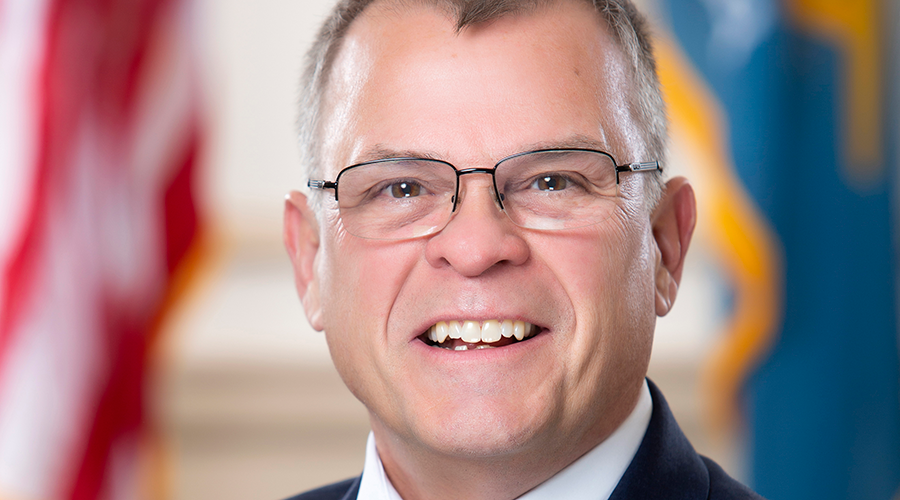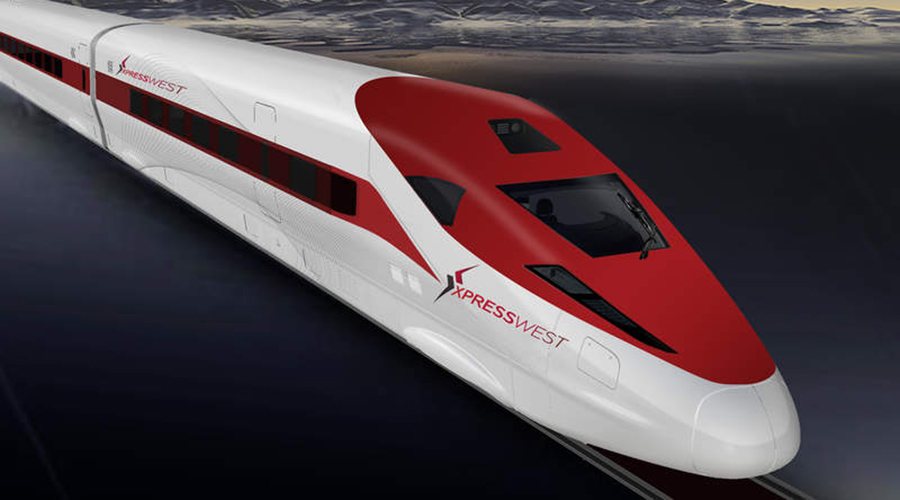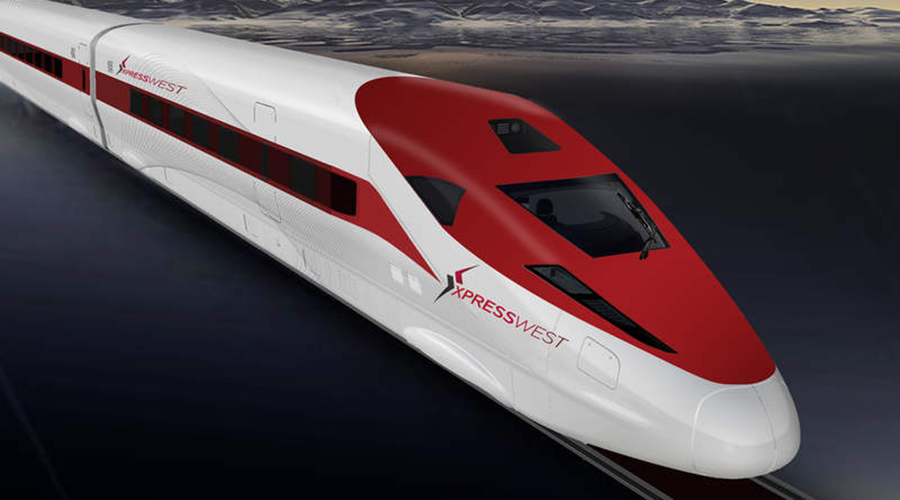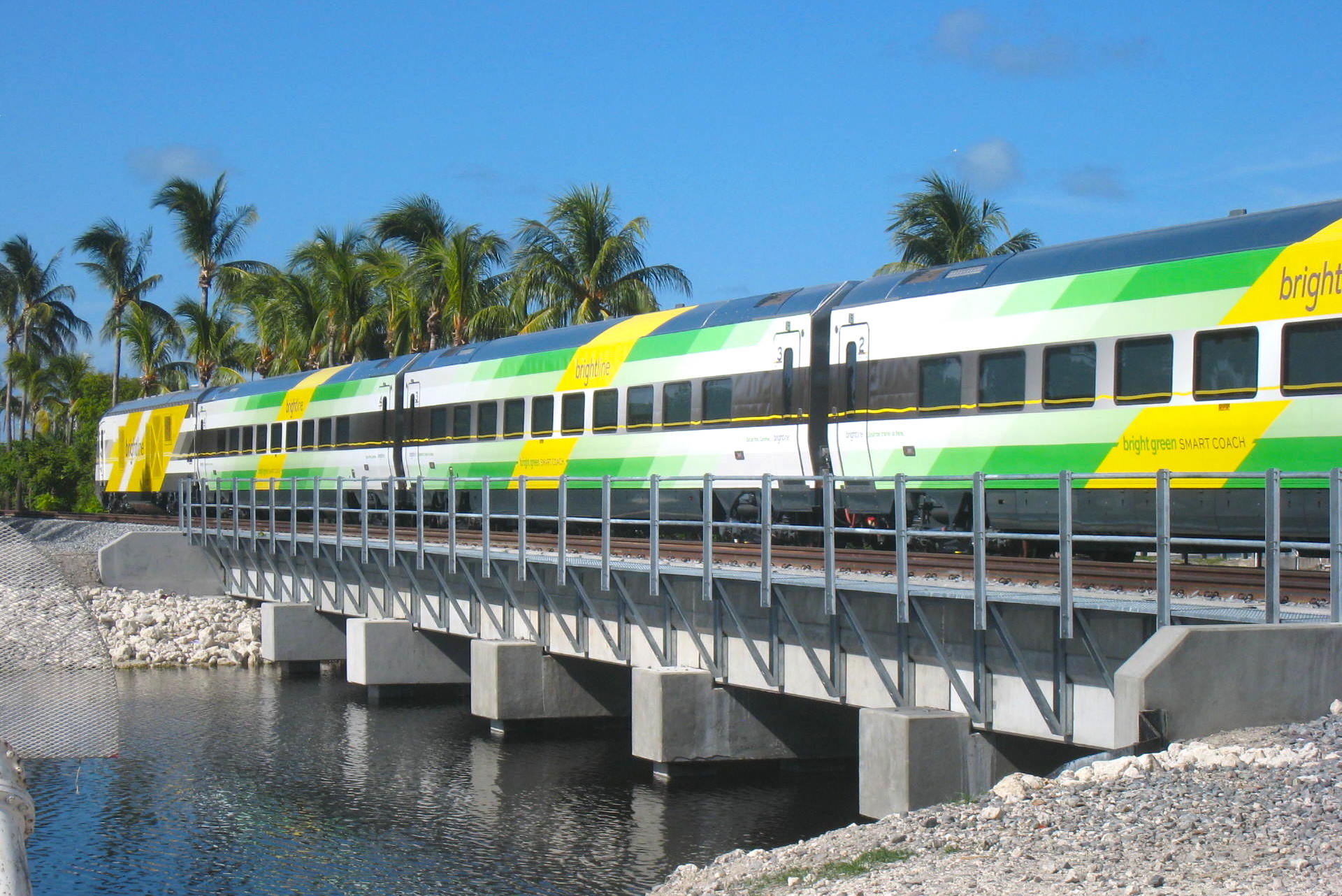F-Line to Dudley
Senior Member
- Joined
- Nov 2, 2010
- Messages
- 9,348
- Reaction score
- 9,607
Is M8s on Shore Line East still a thing? Aside from those pictures/videos of M8s testing on Shore Line East territory which date back three/four years ago(!) has there been any real movement on this? While we are of course still waiting on the additional M8s, is it true that one of the tracks at Guilford still needs catenary, and the side platform at New London might not be able to handle M8s, right? And what about the power system between New Haven and Old Saybrook/New London? Will that need upgrading for SLE? While these are relatively small items, what makes me ask is that as far as I know CTDOT has been fairly silent on this in contrast to their openness about their work on the Hartford Line and procuring new railcars for the diesel branches (where they lump in SLE to boot). I haven't been following CTDOT's statements too religiously, but it seems to me they're still pointing fingers at Amtrak and they seem fine with the "New Haven Line is growing so much there are regrettably no M8s left for SLE" narrative. I know the option for 34 more cars hasn't been exercised yet, but how do we know those won't just fall prey to the New Haven Line as well? Also, if SLE uses 32 coaches now, would 24 M8s cars still be enough to replace all diesel service?
EMU conversion is still a thing. They were originally hot to do it well before this supplemental order of M8's, but that ignited a turf war with MNRR. SLE share will run in pool fleet with the MNRR share, but ConnDOT had to appease the MTA by slotting the New Haven Line supplementals first before they started siphoning any off. That's baked into the 60-car base order; the 34-car option order is for Penn Station Access.
Power system in CT is pre-provisioned for SLE electrics at Branford and New London substations. ConnDOT paid Amtrak to do those upgrades years ago, and they were considerably lower-impact than what the T has to do because none of SLE's subs have to power a complete terminal district like Sharon, MA sub does...plus SLE's schedule and particularly its consist lengths are a pittance of the Providence Line's. All stations are currently fully-wired with the exception of the 3rd track at New London. Madison is the last one that's still awaiting a funding dump for construction of a second platform; Clinton's second platform is under active construction (see parking lot all torn up on Google with construction equipment) and slated to open in 8 months.
The 32-car Mafersa coach fleet is way more than SLE needs. Virginia Railway Express offered ConnDOT a steal for the barely-worn fleet when VRE switched to 8-inch low-level boarding gallery cars for ADA 2 decades ago, so ConnDOT took on more than they needed.
The Mafersas spot-rotate on Waterbury shuttles a lot, and spend a lot of time idled at New Haven. They aren't usable on the Hartford Line right now because the T's lease for the MBB cars doesn't allow mixed trainlining, aren't usable in the regular MNRR pool because the undersides won't clear Grand Central third rail, and there aren't enough spare locos at the moment to put together any Mafersa-only Hartford sets yet with all SLE-nonessential GE Genesis P40DC's shipped out for midlife overhaul.
For handling electrics at New London they're going to reconfigure the platforms. State has bonded out construction of a footbridge from the north tip of the station building to the Ferry Terminal and new Coast Guard Museum set to break ground (COVID-willing) this Fall.
Footbridge will be Phase II after the main Museum building is done, and includes the new Ferry Terminal waiting room. Overpass will include egress onto a brand new center island platform that bypasses the current curved full-high to the north on a more tangent stretch of track, and will include track realignment to further ease the curvature. Access to the new platform will be from the overpass only, in order to discourage peds from crossing State St. grade crossing to reach trains. The full-high shown on the Track 1 side north of the station building in the render is currently *optional*; ConnDOT is not paying for that now as it's surplus-to-requirement for SLE, but it can be added later to settle up Northeast Regional remainders.


This will wipe out all of the malformed platformlets scattered around in favor of just the new island, and (for interim) the low platform in front of the station building until its TBD replacement gets worked out. Note at the current station that both the north and south approaches have 3-track catenary towers waiting for direct plug-in of Track 3...but the 800 feet that passes directly through the station and State St. crossing switches over to a dozen or so 2-track only poles. That's because this is the area where the track will be realigned for this project.







